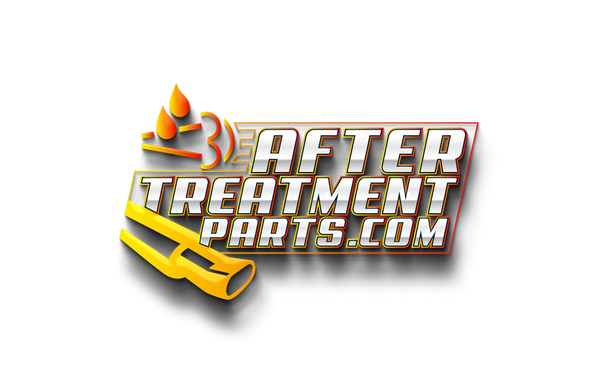If you're seeing the dreaded "SCR System Fault" warning on your truck's dashboard, you’re not alone. This message is one of the most common DEF system issues reported by diesel engine operators across North America — and if not resolved quickly, it can lead to derate, shutdowns, or costly repairs.
In this post, we’ll break down:
-
✅ What “SCR System Fault” actually means
-
🔧 The most common causes
-
🛠️ How to fix it
-
📦 What parts might need replacing
💡 What Is the SCR System?
SCR stands for Selective Catalytic Reduction — it’s a major part of your emissions system designed to reduce NOx (nitrogen oxides) by injecting Diesel Exhaust Fluid (DEF) into the exhaust stream. When everything works properly, your vehicle meets strict emissions standards and keeps running efficiently.
🚨 What Does “SCR System Fault” Mean?
The SCR System Fault message indicates the system is no longer functioning correctly. This can trigger a chain reaction:
-
Check Engine Light (CEL)
-
Reductions in power or speed (derate)
-
Countdown to shutdown
-
Failed emissions tests
It’s the truck’s way of saying “Something’s wrong with your DEF system or emissions controls, and you need to fix it now.”
🔍 Common Causes of SCR System Faults
Here are the most common culprits behind SCR faults:
1. ❌ Faulty DEF Pump
If the pump can’t deliver DEF properly, the system can’t reduce NOx levels — triggering a fault.
2. ❌ Malfunctioning NOx Sensors
NOx sensors monitor emissions before and after the SCR system. If they fail or read incorrect values, your truck thinks the SCR isn’t working.
3. ❌ Bad DEF Quality or Contamination
Using off-spec, old, or contaminated DEF fluid can damage the system and cause injection problems.
4. ❌ Blocked or Clogged DEF Injector
The dosing valve (injector) can clog with crystallized DEF, causing uneven spray or no spray at all.
5. ❌ Faulty Temperature Sensors
If the exhaust or SCR temp sensors are out of range, the ECM may disable dosing and log a fault.
🛠️ How to Fix an SCR System Fault
Here’s a step-by-step guide to troubleshooting and solving the issue:
Step 1: Read the Fault Codes
Use a scan tool to pull the codes. Codes like P20EE, P207F, P204F, or P2201 are directly related to SCR faults.
Step 2: Check DEF Quality & Fill Level
Make sure you’re using certified DEF. Drain and refill if contamination is suspected.
Step 3: Inspect and Test Sensors
Check both NOx sensors and temperature sensors. These fail more often than you'd think.
Step 4: Verify DEF Pump Operation
Listen for pump priming and measure pressure if possible. A weak pump is a common failure point.
Step 5: Check the Dosing Valve (Injector)
Remove and inspect for crusty buildup. Replace if clogged or leaking.
🔁 Do I Need to Reset the System?
Yes — after parts are replaced or issues are resolved, many systems require an SCR reset or regeneration cycle to clear the fault and restore full power.
This can often be done with a scan tool, or in some cases the truck will auto-reset after a full warm-up and drive cycle.
🧰 High-Quality Replacement Parts Available
At AftertreatmentParts.com, we carry OEM-quality, plug-and-play replacements for:
-
✔️ DEF Pumps
-
✔️ NOx Sensors
-
✔️ Dosing Valves
-
✔️ Temperature Sensors
-
✔️ SCR Modules
We ship fast across Canada and the U.S. — with free shipping over $1000, no duties, and 365-day warranty on most products.
📞 Still Need Help?
We’re happy to walk you through your options — whether you’re a fleet operator, repair shop, or owner-operator. Contact us at [insert your phone number and email] or start a live chat at AftertreatmentParts.com.
🚚 Keep Your Truck Running. Stay Compliant. Save Money.
Don’t let an SCR system fault take your truck off the road. We’ve got the parts, support, and fast shipping you need to get back up and running — fast.

